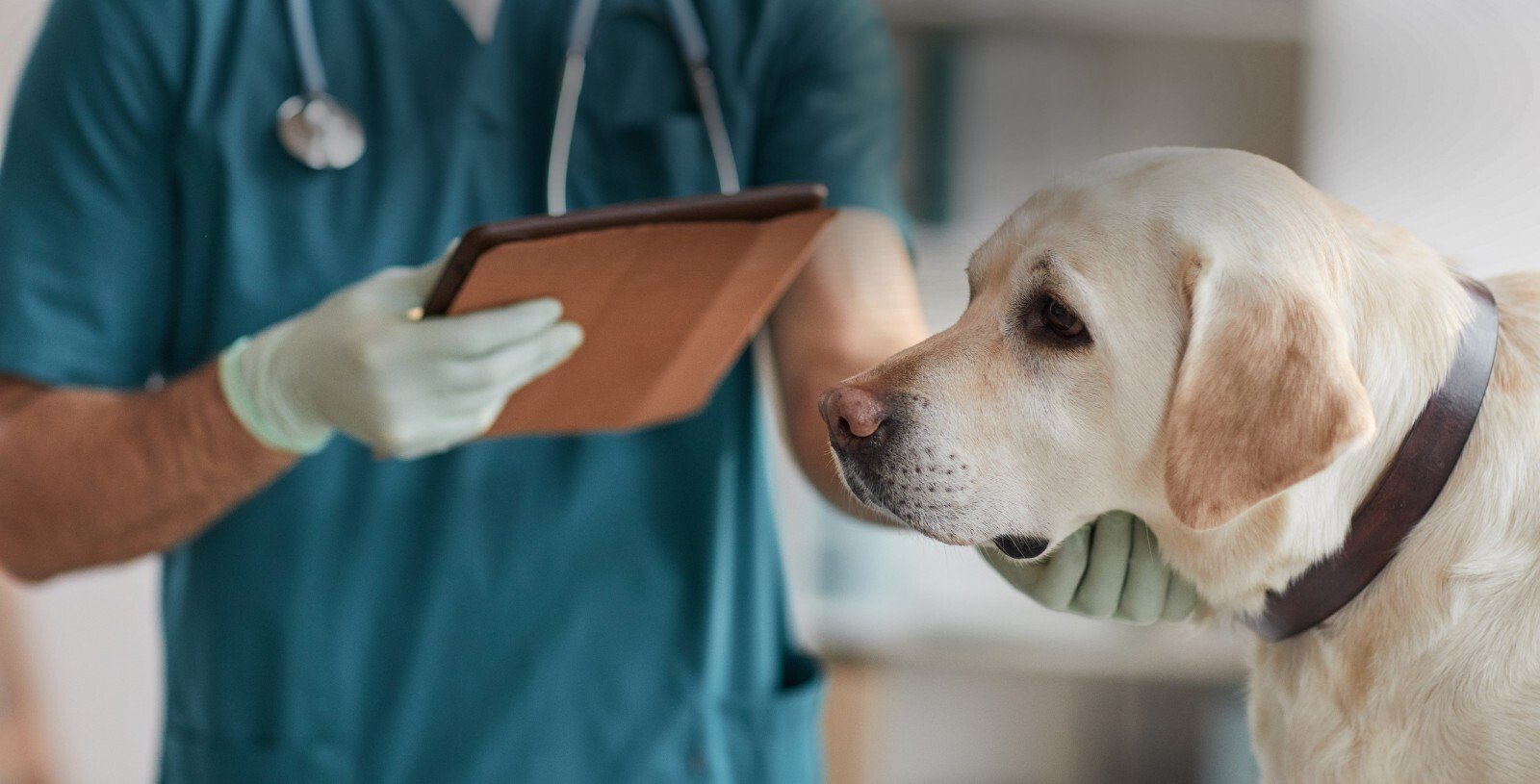“Access to care” is a frequently used term in veterinary medicine, but its meaning can shift depending on the context. For some practices, it refers to their ability to offer services or specialty referrals. For others, the question of access is more fundamental: Can clients afford the care necessary to treat their pets?
Anesthesia and sedation are essential components of that care, enabling procedures like spays, neuters, dental care, radiographs, and more. Providing these basic services at a reasonable cost to pet owners can sometimes require low-cost sedative and anesthetic drugs, often in the form of generics.
Far from being lower-quality alternatives, generics are rigorously tested and established as clinically equivalent to their branded counterparts. They allow veterinary practices to provide essential care safely and affordably. Here is a detailed look at how generic sedatives and anesthetic drugs help expand access to veterinary care.
What are generic veterinary drugs?
Despite their frequent use in practice, veterinary professionals and pet owners may not understand the difference between branded and generic drugs. That’s partly because the differences are typically minimal. In the U.S., veterinary generics must meet strict FDA standards for quality, safety, and effectiveness.
Generic drugs become available once the patent and exclusivity period on the brand-name drug expires, typically after five to seven years. During this exclusivity window, the original manufacturer holds exclusive rights to market the drug. After expiration, other manufacturers can apply to the FDA for generic approval. This is why new drugs tend to be expensive at first, and the cost decreases over time.
A generic drug contains the same active ingredient as its brand-name counterpart and is manufactured in the same dosage form and strength for the same intended use. The manufacturer must demonstrate pharmaceutical equivalence and several other requirements as determined by the FDA Abbreviated New Animal Drug Application (ANADA).
Generic manufacturers don’t have to repeat the drug’s original clinical trials, so they can bring products to market at a lower cost. Although there are a few exceptions, generic veterinary drugs are generally clinically interchangeable with branded drugs.
Anesthesia and sedation as essential care
Sedation is frequently required to administer essential veterinary care. Administering a sedative or anesthetic drug enables teams to complete a range of diagnostic tests, treatments, and procedures, from sterilization to wound care. Chemical restraint reduces animal stress, controls pain, and ensures the safety of pets and team members.
Spay and neuter procedures are proven to reduce or eliminate the risk of life-limiting health problems in pets, namely reproductive cancers, and can improve the human-animal bond and keep pets in homes by eliminating hormone-driven behaviors such as urine spraying and roaming. Dental procedures address a painful disease that can significantly impact quality of life.
Despite the essential nature of these procedures, sedation and anesthesia can add significant cost and impact a client’s ability to pay. According to a 2024 review on access to care in veterinary medicine, cost and affordability remain consistently reported barriers to veterinary care. Access to affordable sedation and anesthetic options is critical to maintaining basic animal and pet health.
Generic veterinary drugs and affordability
When the cost of sedation becomes a barrier to care, generic drugs can provide a solution. Significantly lowering the clinic’s cost to run anesthetic protocols helps practices provide essential services at an affordable price point without losing revenue over time or compromising on safety.
Many of the most commonly used sedatives and anesthetics in veterinary practice are available as FDA-approved generics that are approved as animal drugs or used off-label, including:
- Dexmedetomidine
- Buprenorphine
- Ketamine
- Midazolam
- Propofol
From the clinic’s perspective, generics contribute to financial sustainability while supporting better patient care. Keeping drug costs low gives practices room to absorb losses in other areas and provide low-cost care in select cases or for select procedures, based on community need.
Generic veterinary drugs must meet the same FDA standards as brand-name drugs, from manufacturing quality to labeling and post-market monitoring. That means veterinarians are not trading down in quality when they choose generics. Instead, they’re making a clinically sound, economically responsible decision.
Generic veterinary drugs in population health
Cost and affordability are prevalent concerns in specific areas of veterinary medicine, including shelter medicine, community spay and neuter programs, low-cost clinics, and field work in underserved areas. In these settings, veterinarians perform a high number of procedures and treatments under tight budget constraints and in facilities with limited equipment.
Generic injectable agents allow for safe sedation and pain management when inhalant anesthetics and brand-name medications are inaccessible. Injectable anesthesia protocols are cost-effective and well-studied, making them ideal for use in remote and resource-limited environments.
A 2020 study demonstrated the success of total injectable anesthesia for sterilization procedures on cats and dogs in a remote setting. The study found that combination protocols using ketamine and dexmedetomidine provided safe, reliable anesthesia in the field. In a setting like this, generic veterinary drugs may allow animals to receive life-lengthening surgeries while reducing overpopulation in a cost-effective manner.
For trap-neuter-return (TNR) programs, rescue organizations, and municipal shelters, generic anesthetics are essential. Without them, it would likely be challenging to operate at the scale required to address population health and provide humane medical care.
Unlocking access to veterinary care
Sedation and anesthesia are essential tools in veterinary medicine that make diagnostics, treatment, and pain control possible. As safe, FDA-approved, clinically equivalent alternatives to branded drugs, generic veterinary drugs expand access to care in meaningful ways, which impacts not only clients but also veterinary professionals across the industry.
Lowering costs allows more clients to say yes to treatment, gives practices the flexibility to offer a range of care plans that don’t compromise a patient’s overall health, and enables practitioners in shelter medicine, public health, and field programs to provide essential care to underserved populations.
Generic veterinary drugs contribute to the industry’s ability to continue upholding a high standard of care in an era of increasing costs. When clients can’t afford care and animals suffer, so does the industry’s collective mental health. Every potential savings matters, and drug costs can add up.
Parnell is a proud manufacturer of quality, equivalent generic veterinary drugs, including PropofolVet Multidose (propofol injectable emulsion), Dexmedetomidine Hydrochloride, and CONTRASED™ (atipamezole hydrochloride). We also offer an online training course to help your team learn anesthesia basics and how to use anesthesia and sedation products as part of safe protocols. Contact us to learn more about our animal health products.




